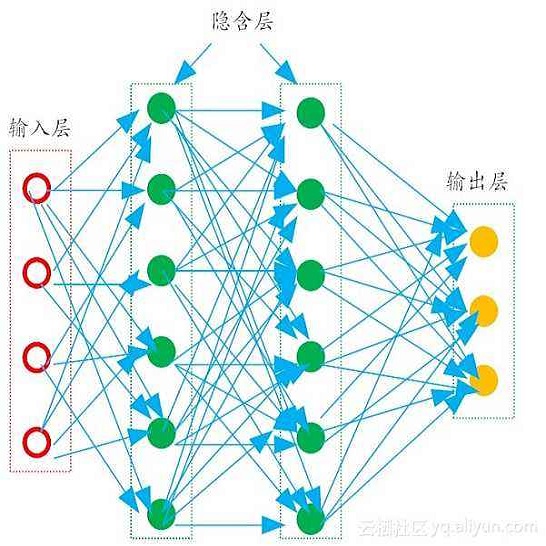Deep Learning using the eponymous deep neural networks (DNNs) has become an attractive approach towards various data-based problems of theoretical physics in the past decade. There has been a clear trend to deeper architectures containing increasingly more powerful and involved layers. Contrarily, Taylor coefficients of DNNs still appear mainly in the light of interpretability studies, where they are computed at most to first order. However, especially in theoretical physics numerous problems benefit from accessing higher orders, as well. This gap motivates a general formulation of neural network (NN) Taylor expansions. Restricting our analysis to multilayer perceptrons (MLPs) and introducing quantities we refer to as propagators and vertices, both depending on the MLP's weights and biases, we establish a graph-theoretical approach. Similarly to Feynman rules in quantum field theories, we can systematically assign diagrams containing propagators and vertices to the corresponding partial derivative. Examining this approach for S-wave scattering lengths of shallow potentials, we observe NNs to adapt their derivatives mainly to the leading order of the target function's Taylor expansion. To circumvent this problem, we propose an iterative NN perturbation theory. During each iteration we eliminate the leading order, such that the next-to-leading order can be faithfully learned during the subsequent iteration. After performing two iterations, we find that the first- and second-order Born terms are correctly adapted during the respective iterations. Finally, we combine both results to find a proxy that acts as a machine-learned second-order Born approximation.
翻译:使用匿名深神经网络(DNNS)的深度学习已经成为一种具有吸引力的方法,解决了过去十年中各种基于数据的理论物理学问题。一个明显的趋势是更深的建筑结构,含有越来越强大和涉及的层层。相反,DNNS的泰勒系数仍然主要出现在可解释性研究中,其计算方式最多到第一顺序。然而,特别是在理论物理学中,许多问题都从获取更高订单中受益。这一差距促使着神经网络(NNN)泰勒扩张的总体形成。将我们的分析限制在多层透视器(MLPs)上,并引入了我们所指的数量,既取决于MLP的权重和偏差。相反,Daylor的系数仍然主要出现在可解释性研究中。与量场理论中的Feynman规则相似,我们可以系统地将含有传播器和螺旋的图表指定为相应的部分衍生物。在S-波分散潜力的扩展过程中,我们观察NNPs首先调整其衍生物的特性,主要是作为推进者,在随后的排序过程中,我们发现它可以选择一个最精确的顺序。




